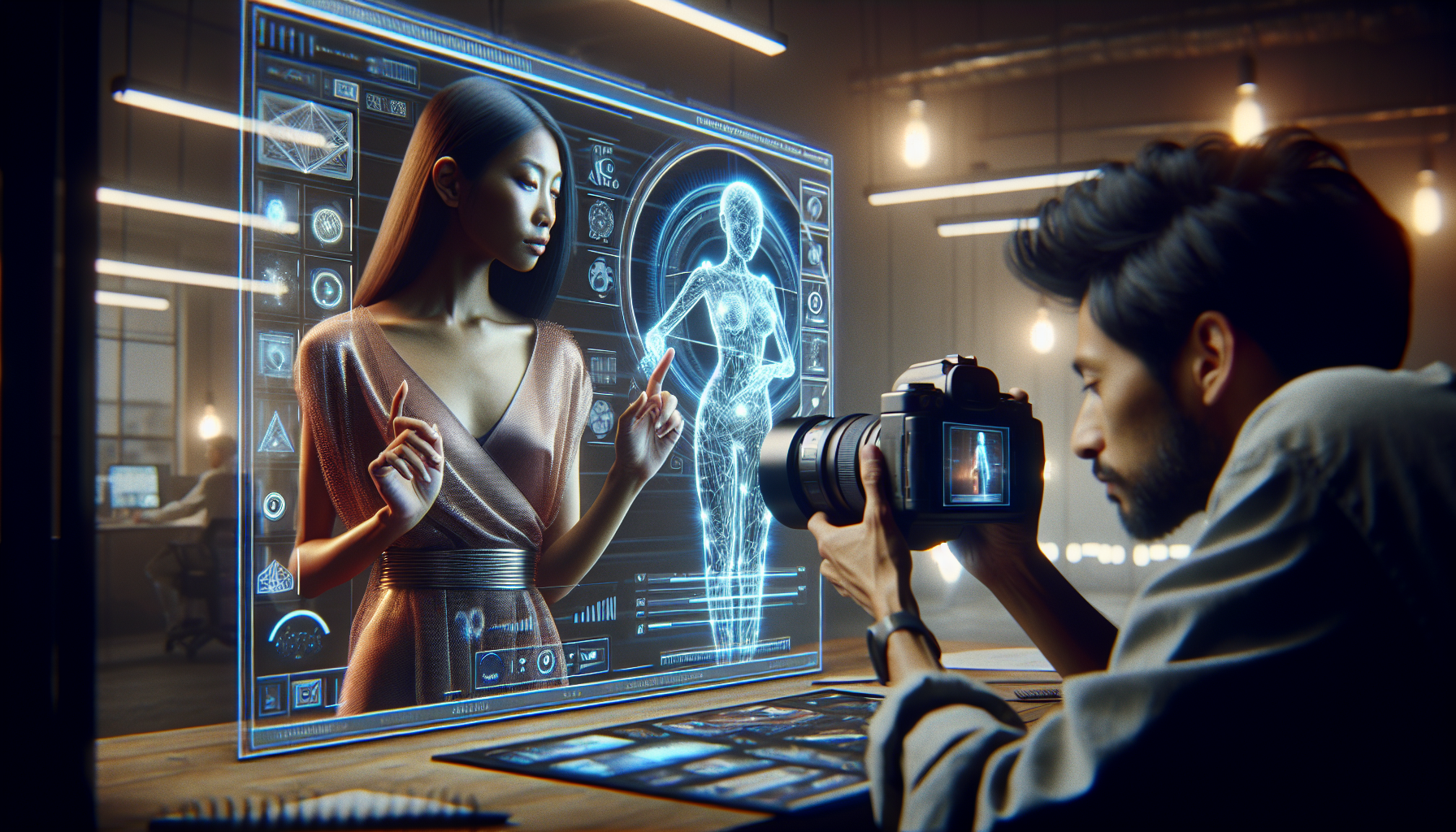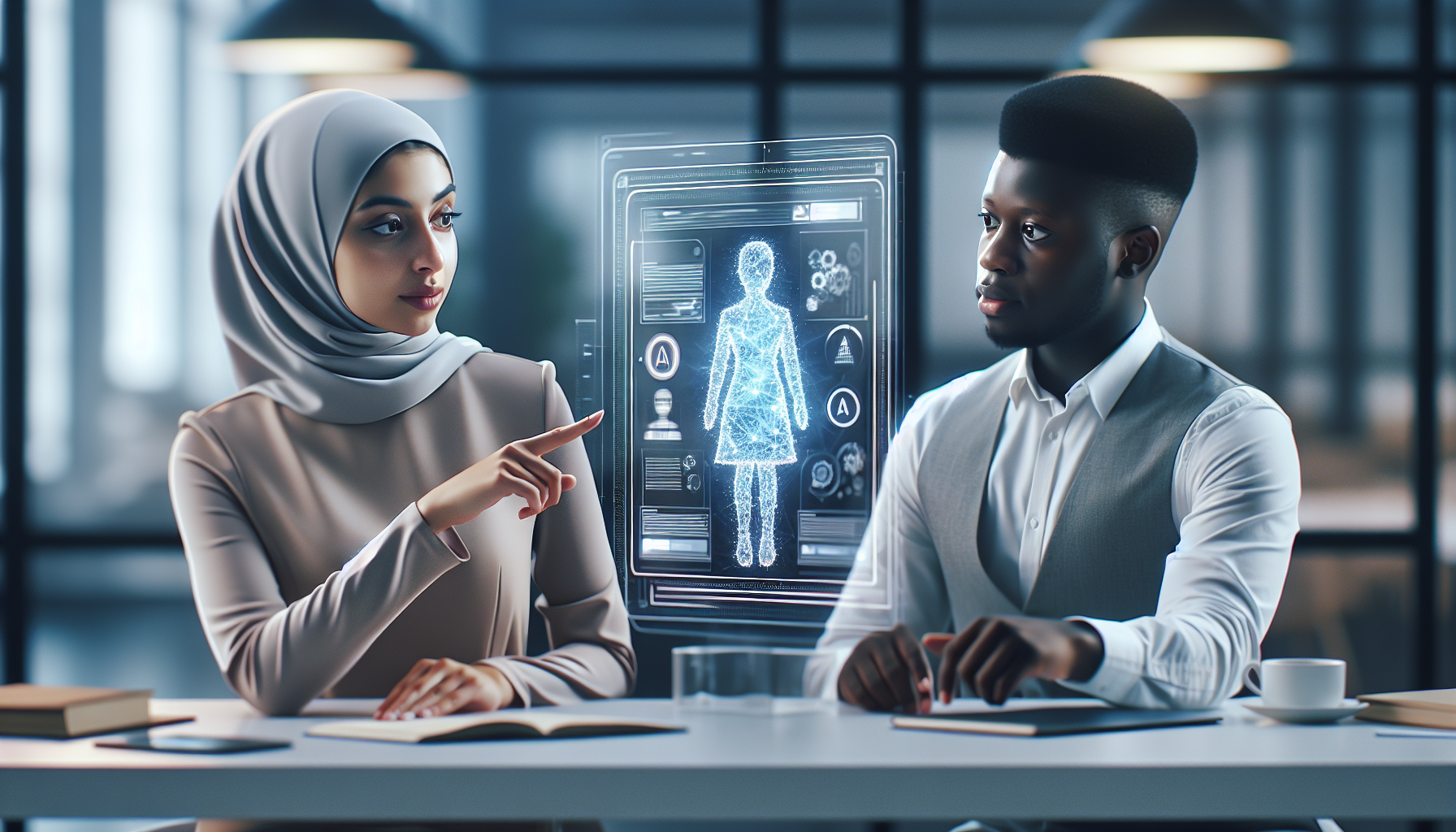Table of Contents
Understanding AI-Driven Personalization Engines in Ad Design

Key Points
- AI personalization engines can significantly enhance ad targeting accuracy by analyzing user behavior and preferences.
- These engines utilize machine learning algorithms to optimize ad content, format, and timing to increase user engagement.
- Integration of AI in ad design helps in real-time decision-making, allowing for dynamic ad adjustments based on user interactions.
- Personalization engines are crucial for identity resolution, helping advertisers create a unified view of the user across different platforms.
- Effective use of AI-driven personalization can lead to higher conversion rates and better ROI for advertisers.
Technical Overview
AI-driven personalization engines in ad design operate by collecting data from various sources, such as user demographics, browsing history, and purchase behavior. This data is then processed using sophisticated machine learning models to predict user preferences and likely future actions. The outcome is a highly personalized ad experience tailored to each user, which is more likely to result in engagement and conversion. These engines are built on complex algorithms that include predictive analytics, natural language processing, and neural networks. They can process vast amounts of data in real time, providing insights that are used to continuously optimize ad campaigns. Moreover, AI personalization integrates seamlessly with existing ad tech stacks, including demand-side platforms (DSPs) and customer relationship management (CRM) systems, enhancing their capabilities and providing marketers with a powerful tool to increase the effectiveness of their campaigns. Privacy and ethical considerations are also paramount, as these systems handle a significant amount of personal user data. Adhering to data protection regulations and ethical guidelines is essential to maintain user trust and compliance with legal standards.Applications in Industry
In the advertising industry, AI-driven personalization engines are used to craft personalized ad experiences that resonate with the audience. For example, e-commerce platforms use these engines to recommend products based on previous purchases and browsing behavior. In the media sector, personalization engines help deliver content that matches the viewer’s preferences, thus increasing engagement and time spent on the platform. Similarly, in the travel industry, these engines can suggest personalized travel packages and deals based on the user’s past travel history and preferences. The use of AI in ad design enhances user satisfaction and provides advertisers with valuable insights into consumer behavior, which can be used to refine marketing strategies and product offerings further.Challenges in Achieving User-Centric Ad Designs

Complexity of User Data Integration
Integrating diverse user data from multiple sources into a cohesive ad design strategy is a significant challenge. This data often includes disparate elements such as demographic information, device usage patterns, and interaction history with previous ads, which must be synthesized into a unified user profile. Moreover, the data itself can be incomplete or inconsistent, further complicating the integration process. Ensuring data quality and consistency is crucial for effective personalization, as poor data can lead to inaccurate targeting and suboptimal ad performance. Additionally, the integration process must be dynamic, continuously updating the user profiles with new data to reflect changing preferences and behaviors. This requires robust data management systems and ongoing analysis to ensure that the personalization engine remains accurate and effective. Privacy concerns also play a critical role, as users are increasingly aware of how their data is being used. Advertisers must navigate the delicate balance between personalization and privacy, ensuring that user data is handled responsibly and in compliance with relevant regulations.Implementing AI-Driven Solutions

Step-by-Step Approach to Enhancing Ad Personalization
The first step in implementing AI-driven personalization in ad design is to establish a comprehensive data collection framework. This involves determining what data is needed, how it will be collected, and ensuring it is done so in a privacy-compliant manner. Next, the data must be processed and analyzed to create detailed user profiles. This involves the use of machine learning algorithms to identify patterns and preferences within the data, which can then be used to predict future behavior and personalize ads accordingly. Once the user profiles are established, the next step is to integrate them with the ad delivery systems. This ensures that each user receives ads tailored to their individual preferences, maximizing engagement and conversion potential. Finally, it is essential to continuously monitor and optimize the performance of personalized ads. This involves analyzing user responses to different ad variations, making adjustments based on performance data, and refining the personalization algorithms to improve accuracy and effectiveness over time.Frequently Asked Questions

What is AI-driven personalization in ad design?
AI-driven personalization in ad design refers to the use of artificial intelligence technologies to tailor advertising content to the individual preferences and behaviors of users. This approach aims to increase the relevance and effectiveness of ads, leading to higher engagement and conversion rates.How does AI personalize ads?
AI personalizes ads by analyzing data collected about a user’s behavior, preferences, and demographics. Machine learning algorithms process this data to predict what kind of ad content, timing, and format are most likely to appeal to each user, allowing for the delivery of highly targeted and personalized ads.What are the benefits of AI-driven personalization?
The benefits of AI-driven personalization include increased ad relevance, higher engagement rates, improved conversion rates, and enhanced user satisfaction. It also provides advertisers with deeper insights into consumer behavior, which can be used to optimize marketing strategies.Are there any privacy concerns with AI-driven personalization?
Yes, privacy is a significant concern with AI-driven personalization, as it involves collecting and analyzing large amounts of personal data. Advertisers must ensure that they comply with data protection regulations and handle user data responsibly to maintain trust and avoid legal issues.Can AI-driven personalization be integrated with existing ad tech?
Yes, AI-driven personalization can be integrated with existing ad tech systems, such as DSPs and CRM platforms. This integration enhances the capabilities of these systems, providing advertisers with a more powerful tool for optimizing their campaigns.Future Predictions
 As AI technology continues to evolve, its application in ad design is expected to become more sophisticated and widespread. Here are five predictions for the future of AI-driven personalization in advertising:
As AI technology continues to evolve, its application in ad design is expected to become more sophisticated and widespread. Here are five predictions for the future of AI-driven personalization in advertising:- Increased Adoption Across Industries: AI-driven personalization will become a standard practice across various industries, driven by its proven impact on engagement and sales.
- Advancements in AI Algorithms: Machine learning models will become more advanced, allowing for even more accurate and granular personalization of ads.
- Greater Emphasis on Privacy: As consumer awareness of data privacy grows, there will be a stronger focus on developing AI solutions that prioritize user privacy and data security.
- Integration with Emerging Technologies: AI-driven personalization will increasingly be integrated with other emerging technologies, such as augmented reality (AR) and virtual reality (VR), creating more immersive and interactive ad experiences.
- Enhanced Real-Time Personalization: Real-time data processing and AI will enable advertisers to personalize ads in real time based on immediate user behavior and environmental factors.
References
- Who Hacked the Election? Ad Tech did. Through “Fake News,” Identity Resolution and Hyper-Personalization: An article exploring the role of ad tech in political campaigns.
- Twilio Segment expands omnichannel AdTech capabilities: A blog post discussing the integration of AI in ad tech for enhanced advertising capabilities.
- Clinch: A platform for optimizing dynamic ads in real time using AI.
- Personalization’s power in modern advertising: An article detailing the benefits of personalization in advertising.
- Mutiny: A platform that uses AI to turn websites into powerful revenue channels.
Disclaimer
This article is AI-generated with educational purposes in mind. It does not intend to give advice or recommend its implementation but aims to inspire readers to research and delve deeper into the topics covered.Latest posts by Leo Celis (see all)
- From SaaS to AI Agents - 05/27/25
- The AI Automation Engineer - 05/13/25
- Hire One Developer to Press One Key - 05/06/25